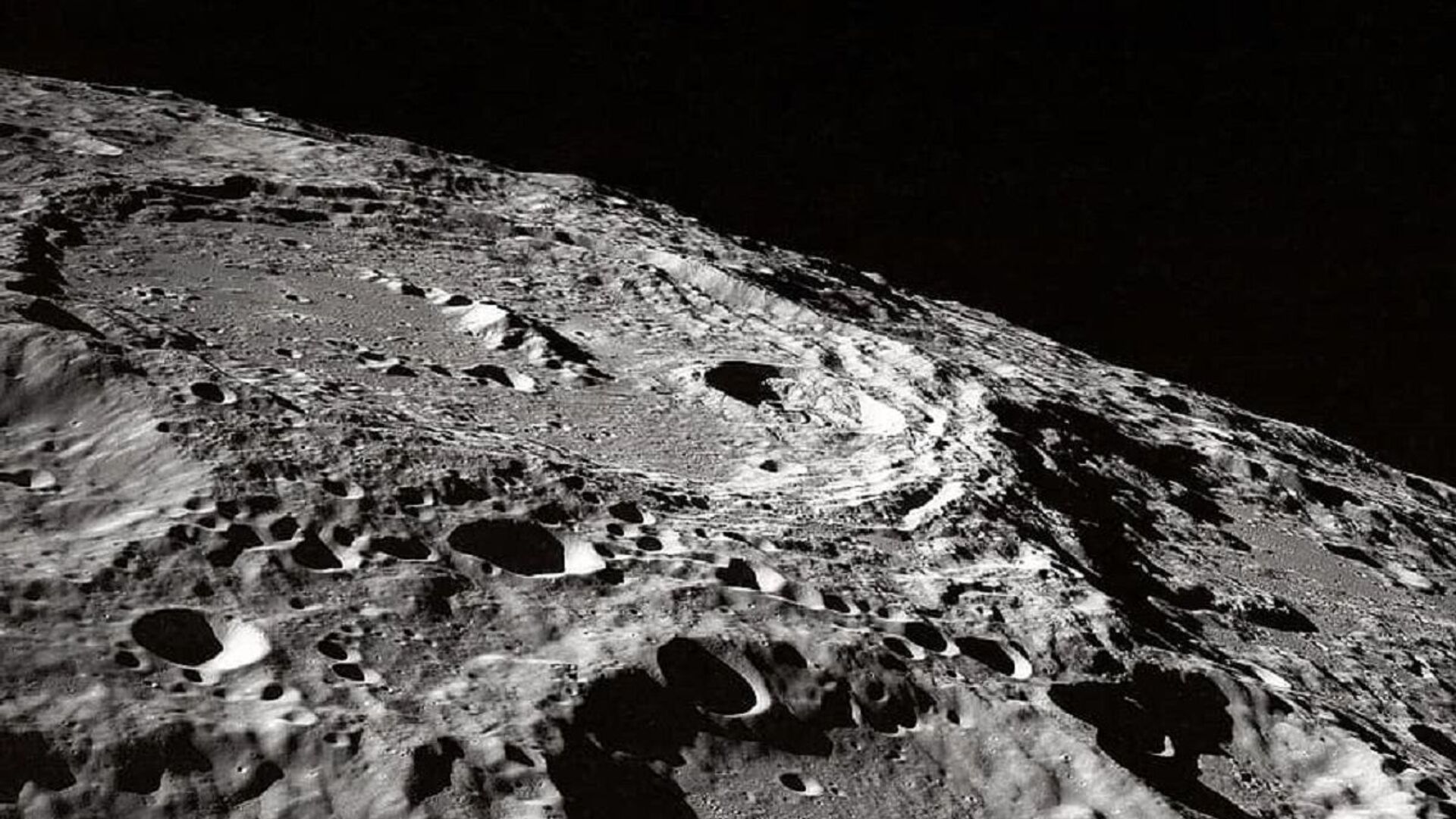'Double Crater' Created by Rocket Debris Collision Found on Moon by NASA
15:32 GMT 27.06.2022 (Updated: 17:05 GMT 27.06.2022)

CC0 / /
Subscribe
The principal investigator of NASA’s Lunar Reconnaissance Orbiter Camera suggested that the crater’s nature “may indicate” that the rocket body responsible for it "had large masses at each end".
The US space agency NASA has announced the discovery of the site on the lunar surface where a rocket body collided with Earth’s only natural satellite on 4 March.
The site was spotted by NASA’s Lunar Reconnaissance Orbiter and consists of a crater 18 meters in diameter “superimposed” on another crater that is 16 meters wide.
“The double crater was unexpected and may indicate that the rocket body had large masses at each end,” Mark Robinson of Arizona State University and principal investigator of the Lunar Reconnaissance Orbiter Camera, explained in an article posted on the space agency’s website.
#MoonCrushMonday A rocket body on a collision course with the moon makes impact. Read more on what NASA's Lunar Reconnaissance Orbiter spotted as a result of the cosmic crash. https://t.co/Y2mdhB7qoq
— NASA STI Program (@NASA_STI) June 27, 2022
Learn more about the orbiter in our STI Repository! https://t.co/TAViYRCGOF pic.twitter.com/8691z7CTyx
“Typically a spent rocket has mass concentrated at the motor end; the rest of the rocket stage mainly consists of an empty fuel tank,” he elaborated. “Since the origin of the rocket body remains uncertain, the double nature of the crater may indicate its identity.”
Robinson also pointed out that “no other rocket body impacts” resulted in the creation of “double craters” on the Moon’s surface.
The object was first spotted in 2015 by Bill Gray - creator of the Guide astrometry software used by astronomers to track near-Earth objects - who initially identified it as the second stage of a SpaceX rocket that had propelled the Deep Space Climate Observatory (DSCOVR) into space that year.
In 2022, mere weeks before the object’s collision with the Moon, Gray announced that he got “good evidence that it is actually 2014-065B, the booster for the Chang'e 5-T1 lunar mission".
